


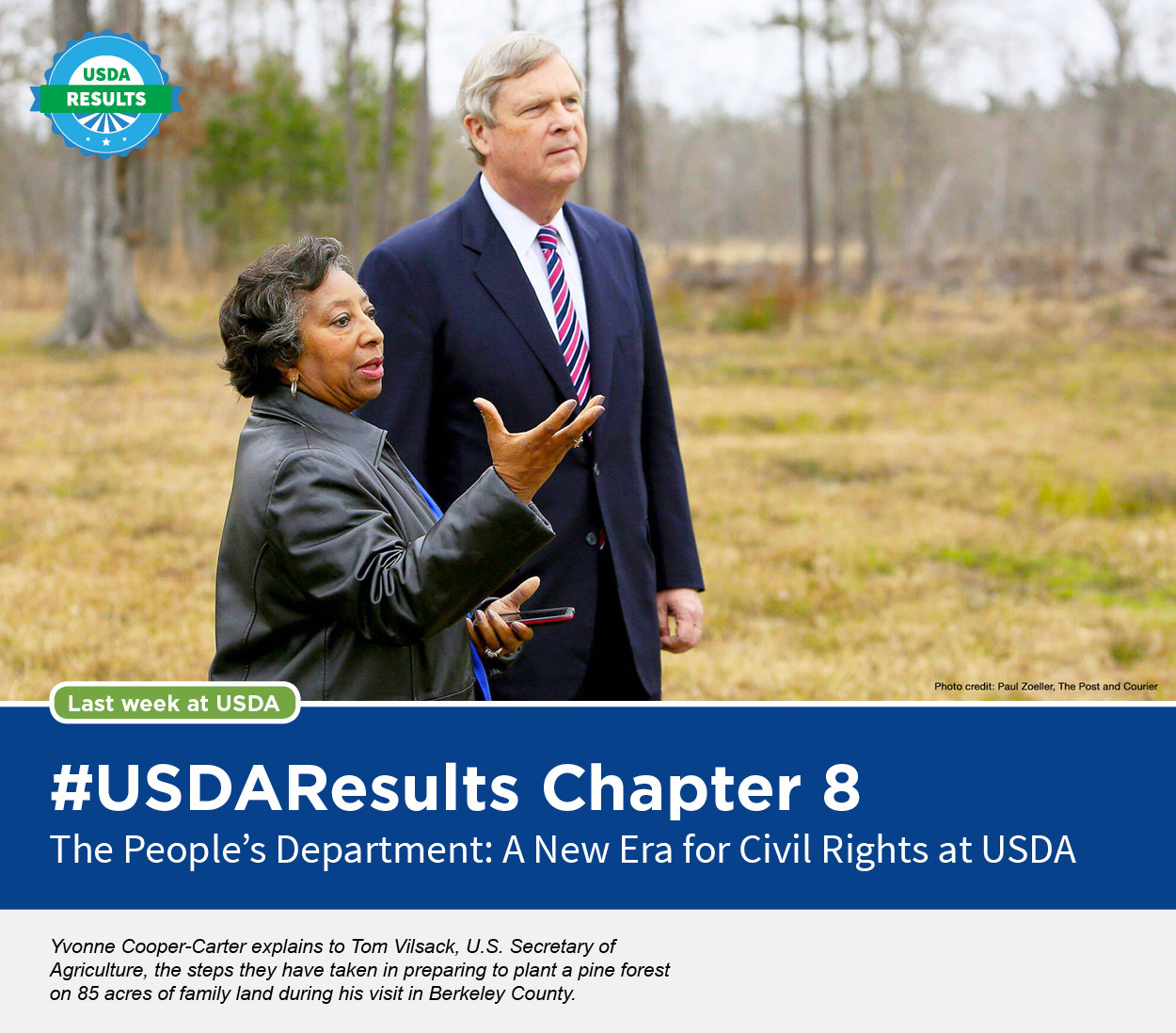
Over the past eight years, USDA has taken big, bold steps to forge a new era for civil rights and ensure all Americans who come to USDA for help are treated fairly, with dignity and respect. We worked to bring to light the most challenging aspects of the Department’s past and used the lessons we learned to chart a stronger, more inclusive path both for our employees and the communities we serve. And while we still have much to accomplish, we’ve made significant progress. When we arrived in January 2009, there were 14,000 administrative civil rights cases pending at USDA and no formal processes established to provide pathways to justice for USDA customers. In addition, thousands more claims of discrimination from Native American, African-American, Hispanic and women farmers and ranchers languished unresolved in the federal district courts as part of lawsuits. We didn’t waste a moment, acting swiftly and aggressively to uproot inequality and correct past mistakes.
We settled large-scale class-action lawsuits in the federal district courts with Native American and African-American farmers and ranchers and established a unified claims process for women and Hispanic farmers and ranchers, providing more than $2.5 billion in combined payments to claimants, more than $118 million in debt relief and millions of additional dollars to nonprofit and educational institutions. We reduced the inventory of pending civil rights complaints to its lowest level in five years and, during that time, we recorded the fewest customer complaints on record at the Farm Service Agency.
Internally, we made significant changes to enhance representation among decision-makers across the Department, making sure our customers are represented and voices from all of America’s communities are heard. USDA partnered with the Office of Personnel Management to develop a model intern-to-career program and host hiring events with an emphasis on serving historically underserved communities. These approaches have demonstrated a 140 percent increase in the number of minority students hired in just over 5 years. Today, nonwhite employees also account for 27 percent of our workforce, an increase that has helped to make the USDA more representative of the people we serve.
Join us throughout the month of August as we tell the important story of eight years of progress toward a more equal and inclusive USDA. Follow along on usda.gov, on the USDA blog and by using #USDAResults, or catch up on Chapter VIII on our Medium site.


|
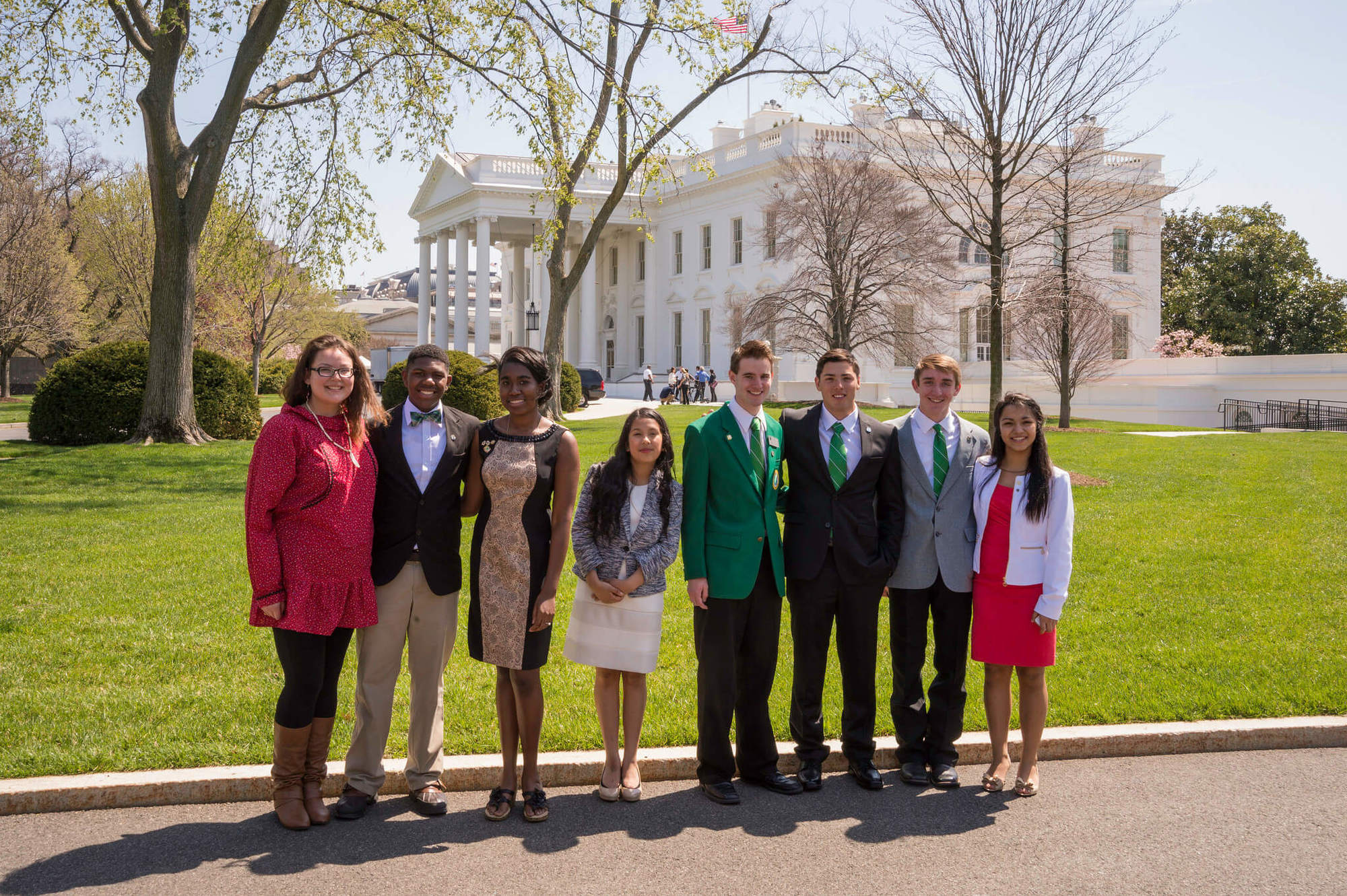
Left to right, Geneva Wright, Alaska, Kashawn Burke, Georgia, Gabrielle Parker, Maryland Kimberly Lopez, Idaho, Jacob Jensen, Utah, Andres Parra, Arizona, Spencer Orr, Utah and Lorena Rivera, Idaho pose for a photograph in front of the White House after meeting with President Barack Obama in the Oval office to discuss community service and teen leadership efforts addressing rural poverty at the White House in Washington, D. C.
|
|
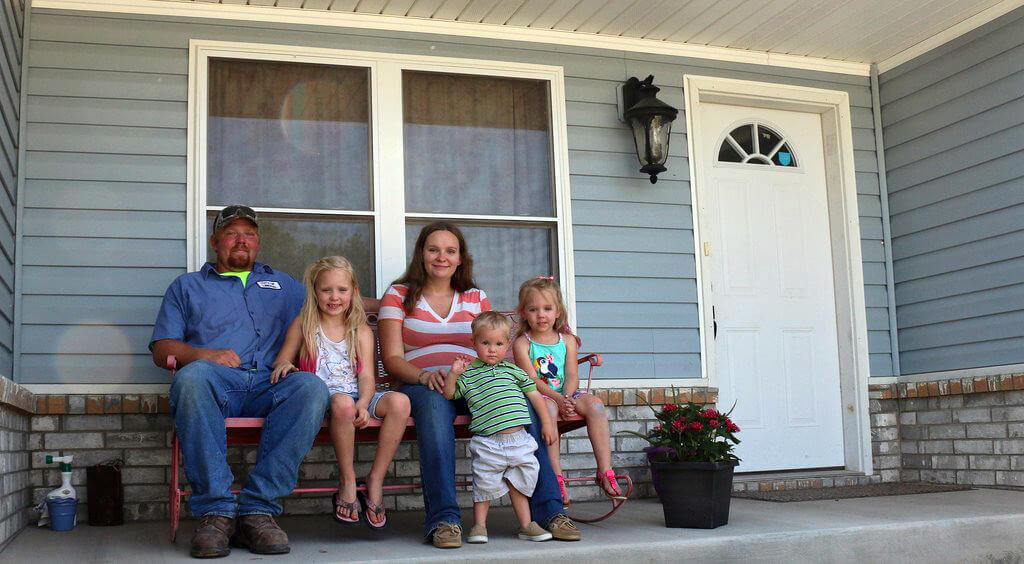
With assistance from USDA Rural Development’s Self-Help Program, the McLanes' were able to become first-time homebuyers in Liberal, Kansas.
|
|

Dr. Dawn D. Walters, a public health veterinarian and current Enforcement, Investigations, and Analysis Officer for the Food Safety and Inspection Service (FSIS) discusses her role in food safety on tape.
|
|
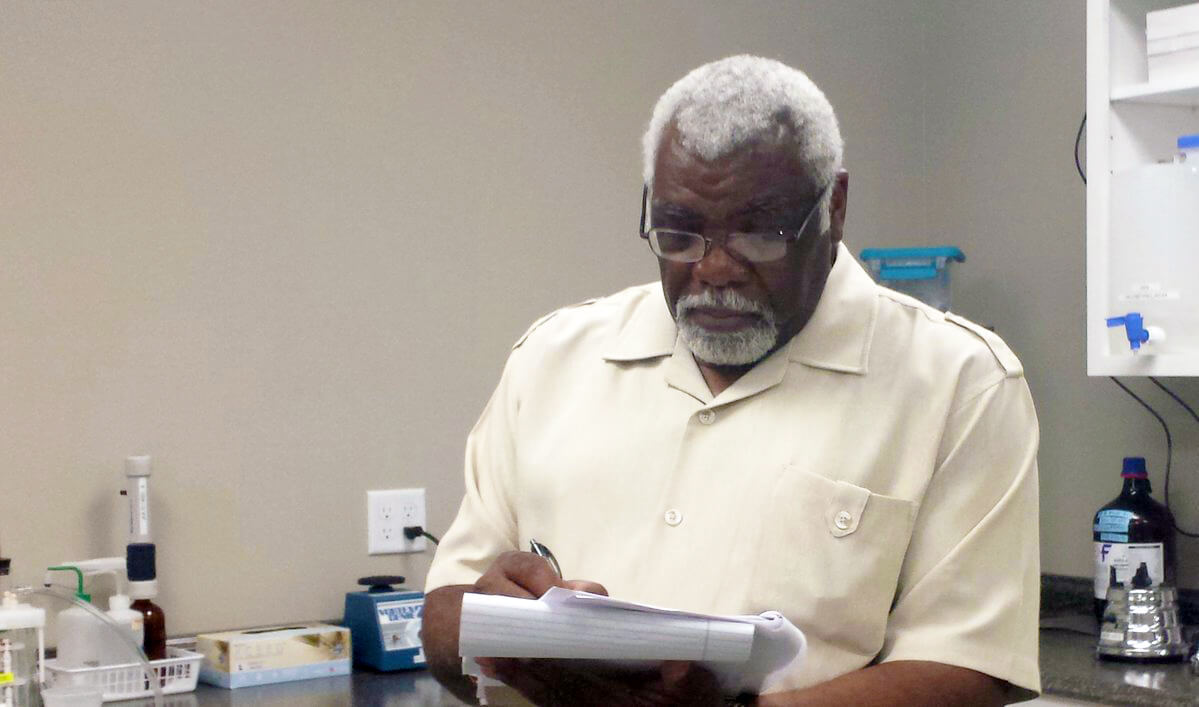
Did you know that peanuts are used in sauces, gravy and soup mixes as well as snack foods? A fascinating part of Gene Sterling’s job is learning the different uses for the products that are being tested by USDA audited laboratories across the country.
|

A New Era for Civil Rights at The People’s Department
As a kid during the first years of desegregation in Austin, Texas’ public schools, many of my early experiences were shaped by race, and I quickly became familiar with the life-changing impacts discrimination can have on individuals both young and old. While a lot for any kid to experience, these circumstances taught me the power of inclusion, and from them, I became aware of the ways diversity and fairness can help repair troubled histories and heal the wounds of the past. These lessons have shaped my life’s work.
How Did We Can? – New Online Exhibit Looks Back
The USDA’s National Agricultural Library (NAL) recently launched its newest online exhibit, “How Did We Can? —The Evolution of Home Canning Practices.” The exhibit follows the evolution of home canning in the United States and the progression of associated food safety guidelines. Canning aids in food preservation by removing microorganisms responsible for decay through heating and creating a seal to prevent recontamination. Home canning held an important role in 20th century food preservation, particularly through the two World Wars, and continues to be practiced today.
In Conversation with #WomeninAg: Dr. Dawn D. Walters
Every month, USDA shares the story of a woman in agriculture who is leading the industry and helping other women succeed along the way. This month, we hear from Dr. Dawn D. Walters, a public health veterinarian and current Enforcement, Investigations, and Analysis Officer in Arizona. Dr. Walters has committed the past six years to food safety by working for the Food Safety and Inspection Service (FSIS).
NRCS Helps Young Iowa Farmer Plan New Grazing System
When Iowa livestock producer Ryan Collins bought his 170-acre farm near Harpers Ferry, he knew from experience with USDA’s Natural Resources Conservation Service (NRCS) that the agency could help him plan a rotational grazing system.
Using Science to Help Keep Food Safe: A Day in the Life of a USDA Laboratory Auditor
From soup to nuts, we use science to help ensure the quality of agricultural products for consumers worldwide. As a Microbiologist for USDA’s Agricultural Marketing Service (AMS), I am one of a small group of highly-qualified auditors that travel across the country to certify over 70 private laboratories. These labs are consistently testing to verify the quality and wholesomeness of U.S. food and agricultural products.
Making Sure Consumers Get What They Pay For
When you buy packaged foods at the grocery store, who makes sure what it says on the outside is true on the inside—whether you are reading “100 percent sweet honey” or checking the calories in a serving of nuts?
Summer Meals: Giving Families the Support They Need
As a mother and grandmother, I understand the importance of ensuring that America’s children are provided with nutritious meals every day. My grandchildren, who are 5 and 8, are just like all children – infinitely curious and filled with energy, love, and joy. Young children should be playing and learning — not worried about where their next meal will come from. But for many children, school meals are their only source of nutrition, which is why USDA’s Summer Meals Programs are so important.
Helping a Growing Family Build Their Own Home
As I watched Matthew McLane’s children play in the front yard of their home, I could tell how much this family loved being homeowners. Matthew and Candice McLane became first time homebuyers through the Agency’s Mutual Self-Help Program in 2012. The couple, and their two daughters, had been living in an apartment prior to building their home through the Self-Help Housing Program. Now the couple has three children, and one more on the way this fall – and the house is filled with love and joy as the family prepares for the arrival of its newest member.

Promoting Opportunity On FSA County Committees
Encouragement continues to grow for women and minority farmers to run for local Farm Service Agency county committee positions (Rod Bain and Cather Woods).
Actuality: Communication Is Part Of FSA County Committee Duties
Texas farmer, Cather Woods, a former Farm Service Agency County Committee member, shares the value of serving in that capacity. Nominations for FSA County Committee elections are due August First.
Filling In The "GAP" In Food Safety Certification For Groups
Group GAP, or Good Agricultural Practices, can make food safety certification efforts more accessible to collaborations of small and mid-sized farmers. (Rod Bain and Phil Britton of Cherry Capital Foods)
The Science of Growing Watermelons Has Changed in Last 20 Years
Over the last 20 years or so the watermelon industry has seen a complete and rapid change in the crop being grown and how it's grown. (Gary Crawford and Jason Hanselman)
Actuality: Watermelon Industry Challenged by Lack of New/Young Farmers
Jason Hanselman with the National Watermelon Promotion Board says the U.S. watermelon industry is facing the same challenge that the rest of agriculture is facing---the lack of new farmers to replace the aging farmer population.
A First Hand Assessment Of Crop Insurance
A Montana wheat farmer recently explained why he believes crop insurance is vital not only for his operation, but for all ag producers. (Rod Bain and Gordon Stoner)

‘Rural Pride Summit’ Brings Out Central Valley LGBT Community (KQED News)
You don’t typically think of the acronyms USDA and LGBT in the same sentence. But maybe you should. For the past two years, the United States Department of Agriculture has been hosting rural pride summits all over the country, including the most recent one in California in the Central Valley town of Visalia. Ashlee Davis directs these rural summits for the USDA. She says her agency is in almost every county in America. “We are the people’s department,” she says. “And LGBT people are our customers. So why not engage them and connect them to services like rural housing, nutrition and business and farm loans?”
Video: USDA provides workshops for area farmers (WALB News)
They shed light on around 20 different agencies that can help south Georgia farmers. Ag Department experts gave advice on topics such as applying for credit, conservation and building farmers markets. "It's important for me and for other leaders in the department to get out of town and get out of Washington from time to time," said the administrator of the USDA Farm Service Agency, Val Dolcini. "And see how our programs are working and how we can make good programs great ones."
For Decades, the USDA Was Black Farmers’ Worst Enemy. Here’s How It Became an Ally (YES! Magazine)
Cather Woods, 74, rises early to start the day before the Texas heat has a chance to wake up. She smiles as she steps onto the soil she’s nurtured for years. Inhaling the fresh air, she looks at the young pines under the rising sun, and, finally, she greets the cows excited by her arrival. The number of Black farmers in the United States is suddenly growing again. “If you decide to take a walk, you can walk as far as your legs can carry you,” Woods says about her 300-acre farm in Crockett, Texas. Planting her feet on land she can call her own is a dream realized.
CDC Official: 2016 a food safety ‘tipping point’ (Politico)
The combination of stricter standards for salmonella and campylobacter in poultry, new safety rules for produce and imported food, and improved surveillance technology for detecting and investigating outbreaks, will make 2016 a “tipping point” in the rate of foodborne illnesses, said Robert Tauxe, director of the CDC division of foodborne, waterborne and environmental diseases.
Lending a helping hand to young Yakima Valley farmers (Yakima Herald)
After growing up on a family farm, Shane Stonemetz thought he wanted a different career. But this summer the 30-year-old is harvesting the first fruit from his very own orchards. “I didn’t have any desire for farming at first ... but the older you get, you kind of appreciate more where you come from,” Stonemetz said. But even with his experience and support from his still-farming father, getting started on his own land wasn’t easy, he said.
Nueske's Meat Products Receives USDA Funding (Wisconsin Ag Connection)
U.S. Agriculture Secretary Tom Vilsack recently announced the investment of more than $9 million in loans and grants to support job growth and economic development in 12 states. Among the recipients are the Central Wisconsin Electric Cooperative in Rosholt, which has qualified for a $390,000 loan to help to help Nueske's Meat Products purchase equipment to expand operations. The expansion project is expected to create an additional 45 jobs in the area.
 

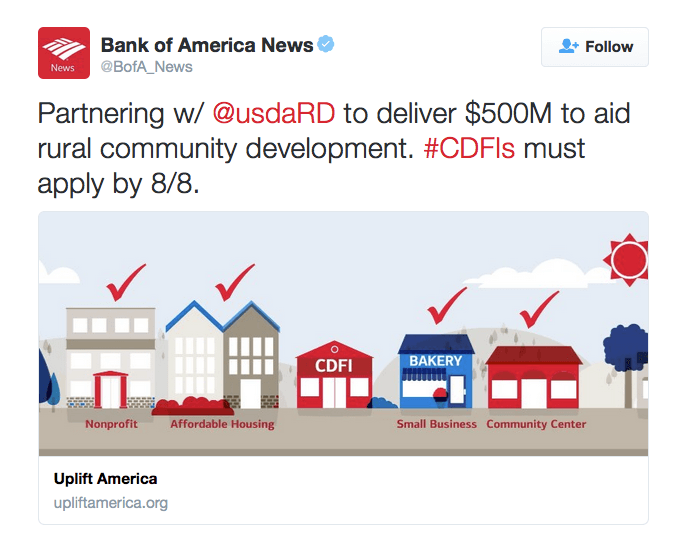
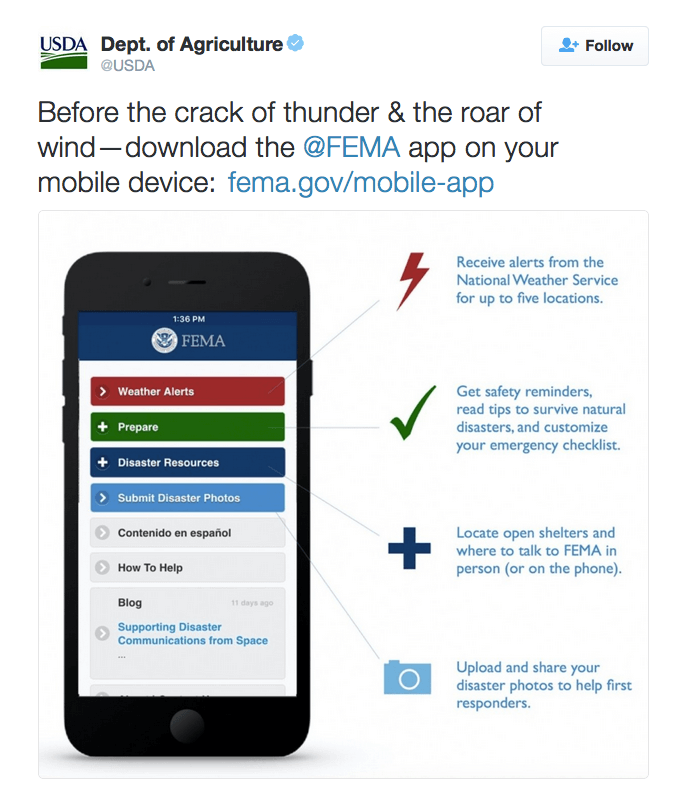

|

